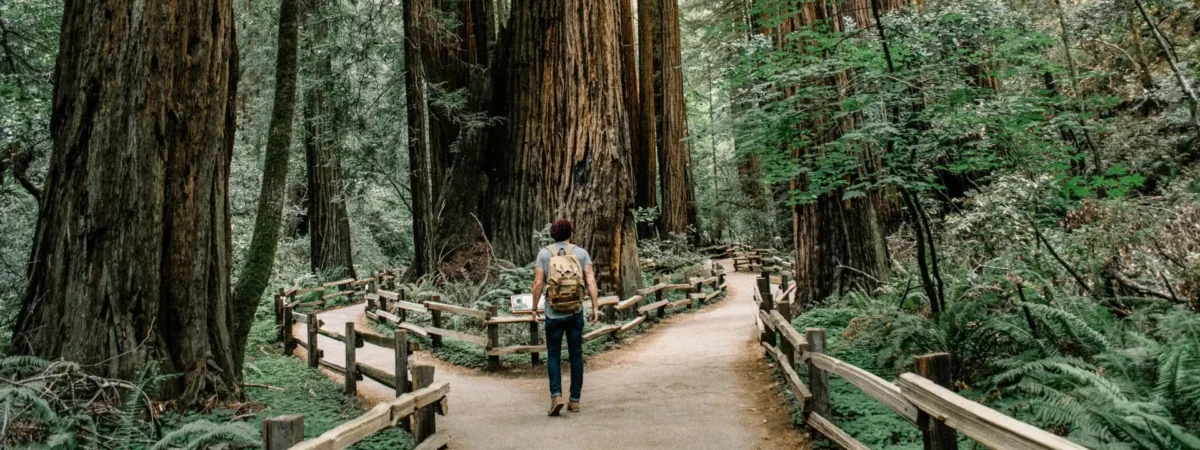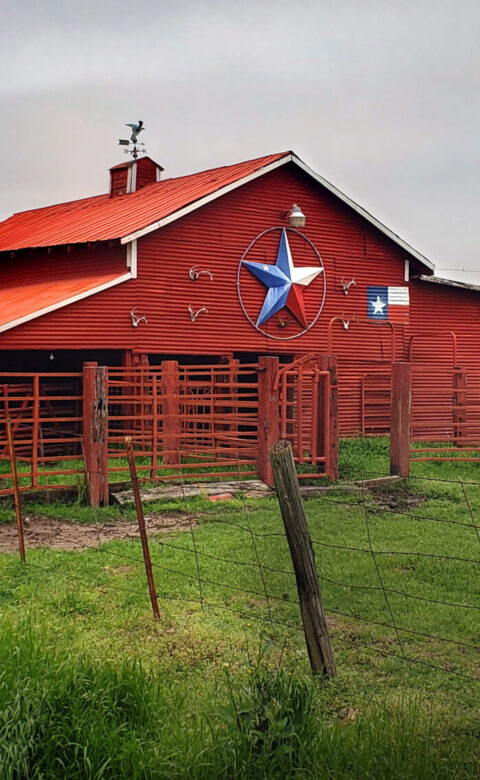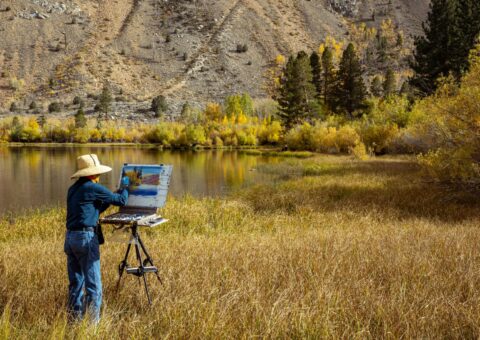Authentic travel isn’t about ticking boxes. So why do so many follow the same well-worn paths year after year? It’s time to consider what overtourism means for destinations, and overcome our fixation on a limited lineup of supposedly must-do experiences. We can achieve this when we go beyond the bucket list and choose the road not taken.
It’s hard to find a more well-publicised example of overtourism than Venice. The compact scale of this city of canals magnifies the effect of millions of tourists annually on a famously fragile infrastructure.
With the Italian hotspot being such a powerful perennial draw, after years of mounting concern — and a warning from UNESCO that Venice could end up on its World Heritage in Danger list — the capital of the Veneto region had to try and combat the numbers flooding in, not least via the massive cruise ships dropping anchor in its delicate lagoon.
A possible remedy was floated to assist the slowly sinking city: a tourist tax. Across the globe, this taxation is used in various ways. From an entry fee or arrival tax; to a per diem or daily fee; to hotel and/or restaurant taxes. In some instances you even pay to leave, in the form of a departure tax.
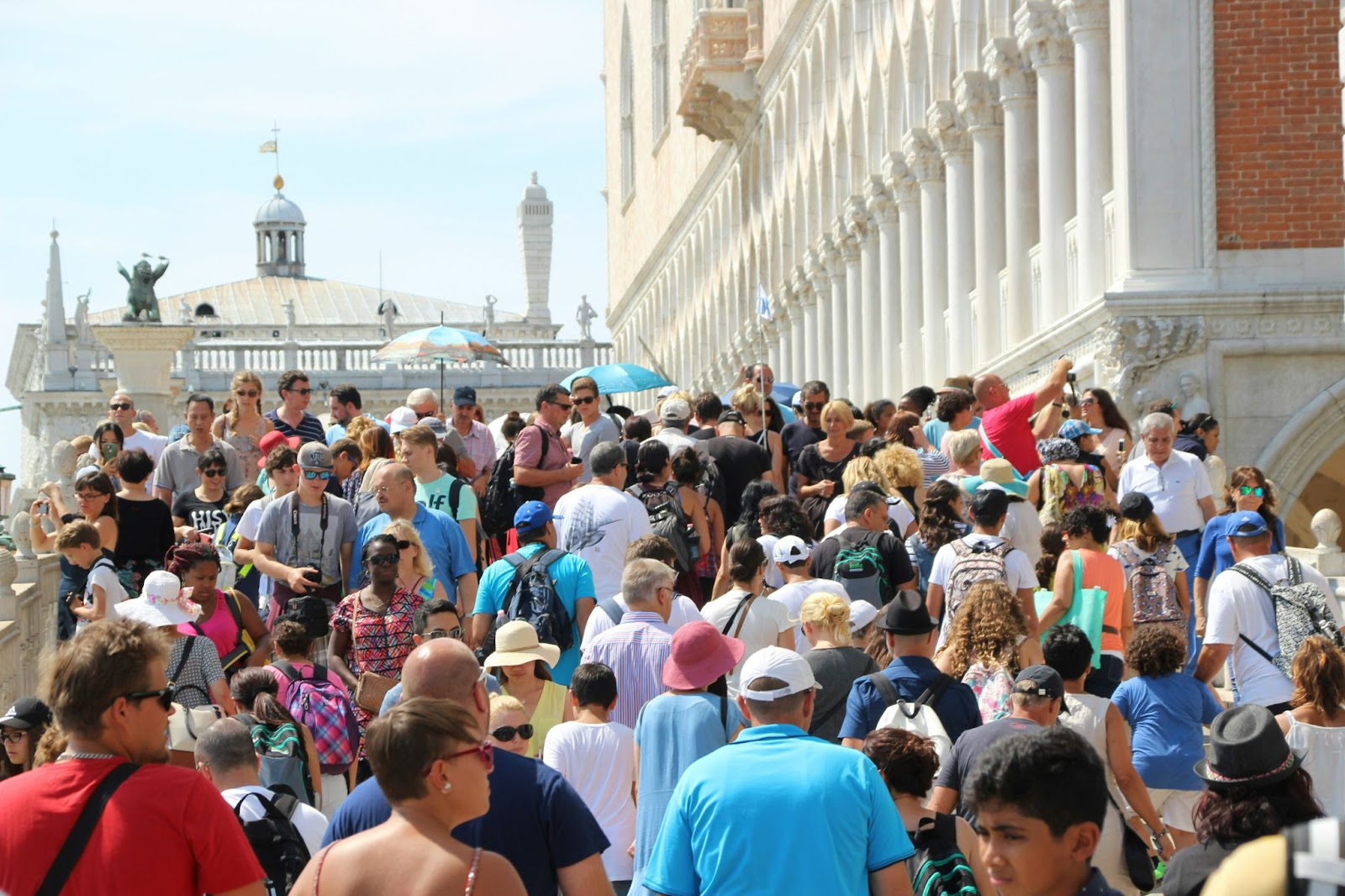
Many of these mechanisms have been in place long-term. But these days tourist taxes are increasingly employed as a tactic by destinations specifically seeking to address overtourism. Ideally, the revenue generated can then benefit residents or fund nature initiatives.
In the Municipality of Venice, a new access fee has now been implemented, intended to curb the number of daytrippers (or at least better capitalise on their brief stays). These ‘hit-and-run’ tourists not only contribute significantly to surges of overcrowding but also provide less of a boost to the local economy with their relatively limited spending in the ancient city.
In force since April 2024, though the fee may prove useful to restore some of La Serenissima’s serenity, it’s not without controversy. Tourism industry figures and locals feared a knock-on effect on their livelihoods. There were worries that the fee would be ineffective or create unequal categories of visitors. The policy also elicited protests from inhabitants who doubted the tax would ultimately help with underlying issues like a lack of affordable housing and a sharply declining year-round population.
Taking these concerns into account, it’s clear that the access fee is not a silver bullet to fix all the problems of overtourism, even though it can still be a part of the solution.
So when taxes aren’t the single cure-all for overtourism’s ills, what are the other ways conscientious travellers can lessen their impact on a destination? Solutions lie in our choices: namely adjusting our timing and avoiding the lure of tick-box tourism (aka working through the dreaded ‘bucket list’).

Rethinking our timing
The timing part is simple: don’t go when the throng does. More often than not a low-season (or off-season) trip is the best, most cost-effective, and least negatively impactful way to visit. When we look beyond the ‘ideal’ weather months or the ‘must-do’ annual festivals, we can expand a narrow travel window from periods when arrivals are swarming to those when tourists are thin on the ground.
In doing so we can embrace the simple joys of quieter streets, take our time in peaceful museums, and more easily book accommodation and restaurants, thus doing the destination — and ourselves — a favour. We can relax, breathe, and immerse ourselves without competing with crowds. Another benefit is the opportunity to truly connect with year-round residents. At the same time, the local economy is supported when it might be appreciated and felt most.
Going beyond the bucket list
Moving on to escaping the tick-box mentality: this is more complex. In general, we humans are strongly influenced by a fear of missing out (FOMO), that nagging feeling that either we’re not in the know, or are failing to be in the right place at the right time… when somehow everyone else seems to be managing it. For the most part, we hate to miss things, particularly when we’re constantly faced with evidence of how much others are enjoying them.
This is by no means a new phenomenon; we’re just wired this way. It seems like people have always monitored what those around them are doing — however subconsciously — and wondered how they measure up. The earliest cave dwellers probably worried whether they were good enough hunters or gatherers compared to their cavemates. But like many age-old complaints that have been exacerbated by modern technology, social media has only made our tendency to liken ourselves to others worse.
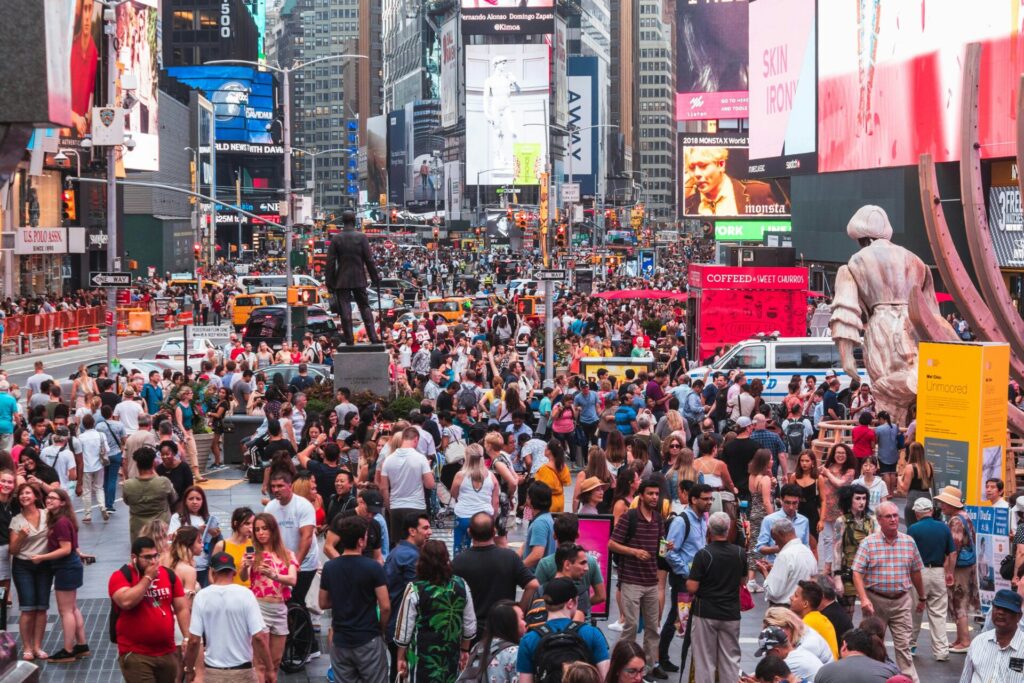
The key is not to fall into the FOMO trap. We need to overcome the nagging feeling, however instinctive, that we’re somehow being left behind by the rest of the travelling community. Let’s decide that we’re not going to be sucked in by the desire to tick all the boxes in a given destination.
We don’t need to peer over a sea of heads to (try and) see the Mona Lisa. We don’t need to take the same pictures in the same scenic spots as our fellow wanderers. Furthermore, as the unique and curious adventurers we are, why would we ever crave the identical experience, or pursue the trail that everyone else does — in the way that everyone else does — in the first place?
Apart from when we go and what we do when we get there, we can take one further step back and decide which path is right for us. There are thousands upon thousands of places much less visited than the ‘bucket list’ basic destinations. Be a rebel and try something different!
The bottom line? Take a chance and be rewarded with the most interesting kind of exploration. Go when nobody else does, to a more out-of-the-ordinary place, find its hidden treasures, and seek out what’s not on any Ten Best list. In a world of copycats, there’s a lot to be said for ditching the bucket list, blazing our own trail and choosing the road that’s otherwise not taken.

